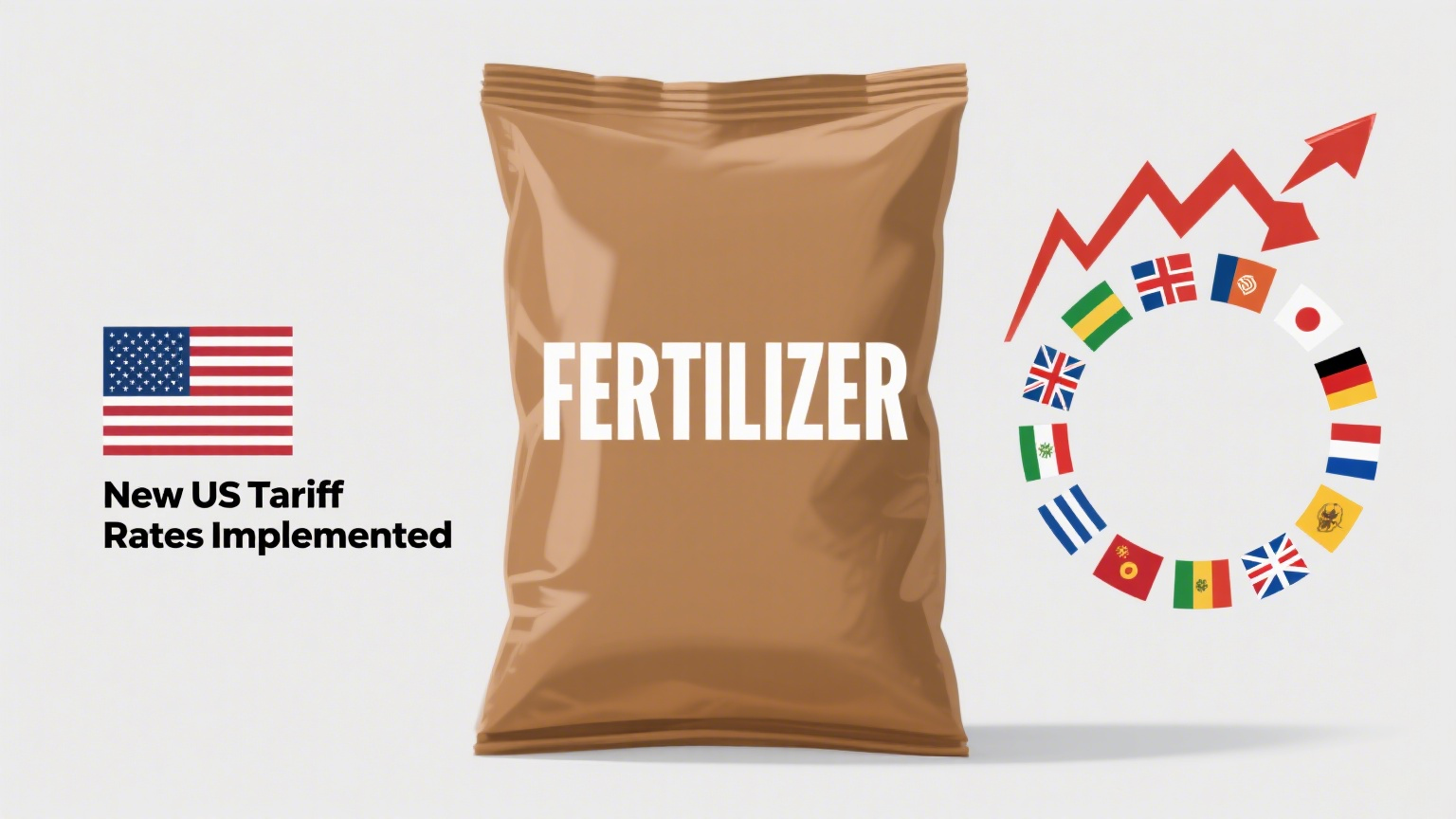
Exhibition time: 17-19 March, 2026 Shanghai, China
 中文
中文

Exhibition time: 17-19 March, 2026 Shanghai, China
 中文
中文

According to Argus, from August 7th, the latest round of US tariffs will impact a large number of companies exporting fertilizers to the United States, while the tariff rates for some key countries will remain at 10%.
The latest tariff list released by US President Trump last Thursday shows that the tariff rate for most fertilizer origin countries has been increased from 10% implemented in April to 15%, including Trinidad and Tobago, Nigeria, Israel, and Jordan. Some countries' rates are set above 15%, such as Algeria, a key urea supplier, which currently needs to pay 30% tariffs. Countries not listed in the attachment of this administrative order will continue to face a 10% tariff, including Arab Gulf countries such as Saudi Arabia and Qatar, and Russia will continue to maintain its current tariff exemption status.
The administrative order did not make any adjustments to the product exclusions under the tariff rate, which means that a variety of products, including potassium fertilizers (MOP, SOP, and NOP) and compound fertilizers, are likely to continue to enjoy duty-free treatment.
The U.S., Mexico, and Canada’s USMCA-compliant goods continue to be exempted in both countries, in line with the agreement reached in early April. The exemption covers most fertilizers, such as nitrogen and potassium fertilizers, and related products. Sulfur, sulfuric acid, and ammonia are also considered to meet the requirements of the USMCA, but there is still some uncertainty regarding whether Mexican phosphate products are exempted if the raw materials used in their production are of Mexican origin.
The tariffs on Mexican imports that do not meet the North American Free Trade Agreement (NAFTA) remain at 25% after being extended for 90 days until July 31, while the tariffs on Canadian imports that do not meet NAFTA were increased to 35% on August 1.
It is reported that the market reaction has been relatively flat since the latest tariff announcement was released, with limited impact mainly concentrated in the nitrogen and phosphate fertilizer markets.
The market liquidity of New Orleans (Nola) urea barges increased the day after the executive order was issued. At least 15,000 tons of Nola barges with September delivery were transacted at a FOB price of $460~462 per ton. A barge in August was traded at a FOB price of $458. Meanwhile, the price of September phosphate barge was $805 FOB at the end of last week, the same as the previous September barge price.
Most nitrogen fertilizer exporters have chosen to stop shipments to the United States in the face of higher tariffs. This is mainly due to the 10% tariff implemented in April and tight global market supplies. Trinidad and Tobago is an exception, as the country continues to export urea nitrate solution (UNAN) and ammonia to the United States. However, a further increase in the rate could lead sellers to shift more supplies to other markets.
For phosphates, the timing of the tariff announcement in early April caught almost all the offshore suppliers by surprise, leading to a severe supply shortage in the US domestic market. With the exception of a small amount of trisodium phosphate (TSP) exports from Israel, the world's major DAP and MAP producers chose to ship their products to other regions, considering the tariff uncertainty too high to be worthwhile.
The US government has stated that goods shipped before August 7th and arrived in the US before October 5th will not be affected by the new tariffs. This means that the import volume of nitrogen fertilizers for the autumn fertilization season in the US is likely not to be affected by the additional tariffs. However, if these new tariffs continue to be implemented before the spring arrives, the demand for fertilizer imports will increase significantly during the winter and spring seasons, which will require distributors to source from more countries.
Source: China Agricultural Materials News